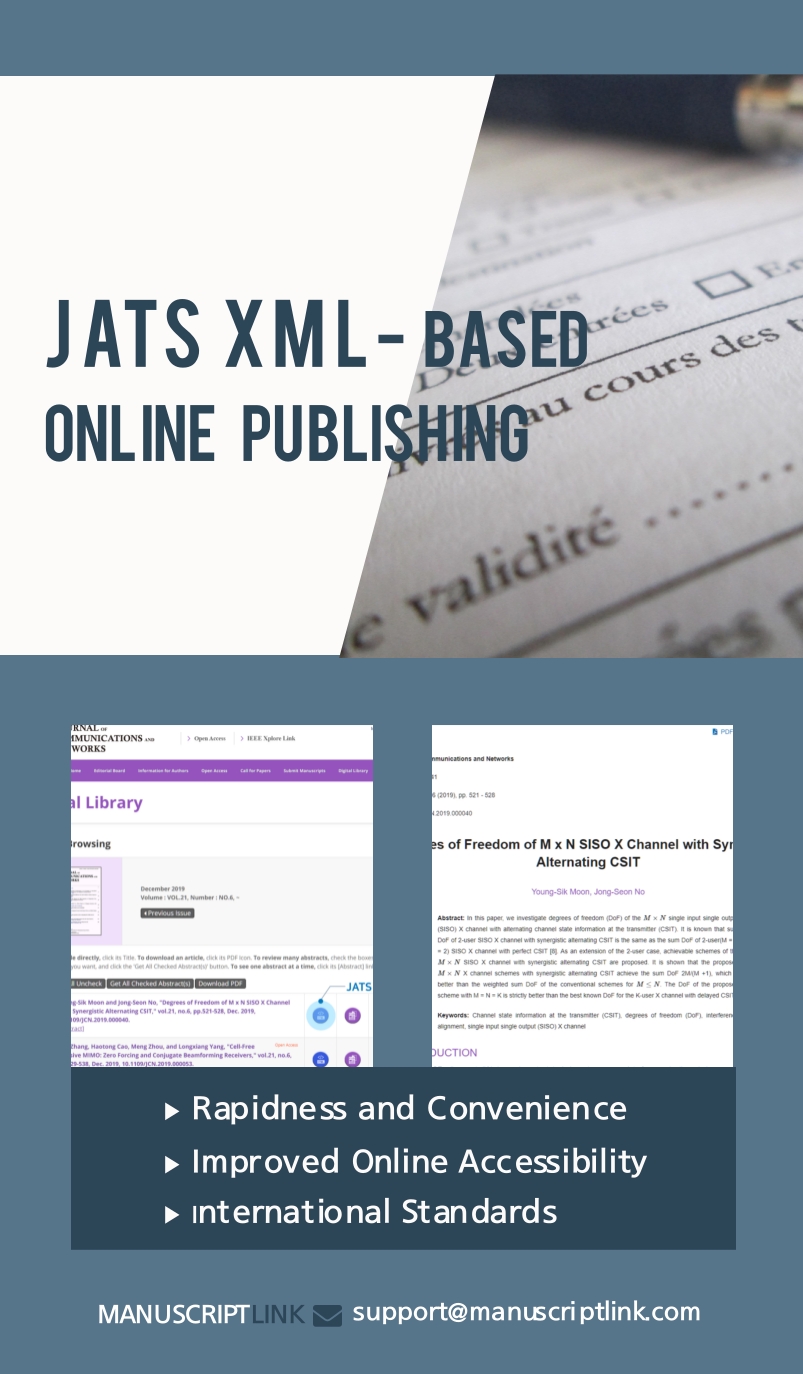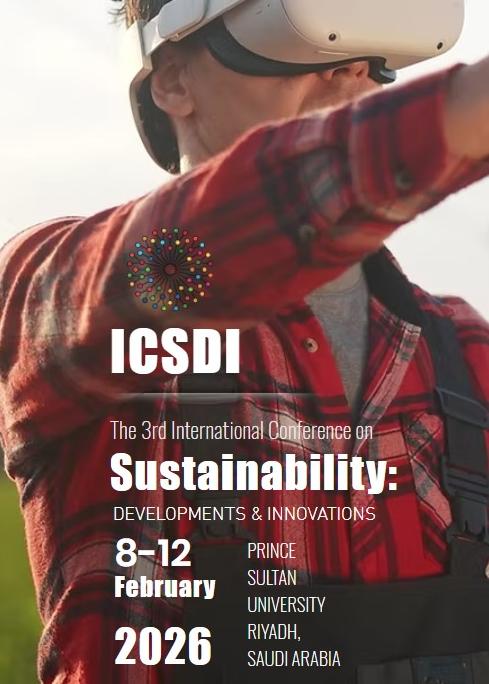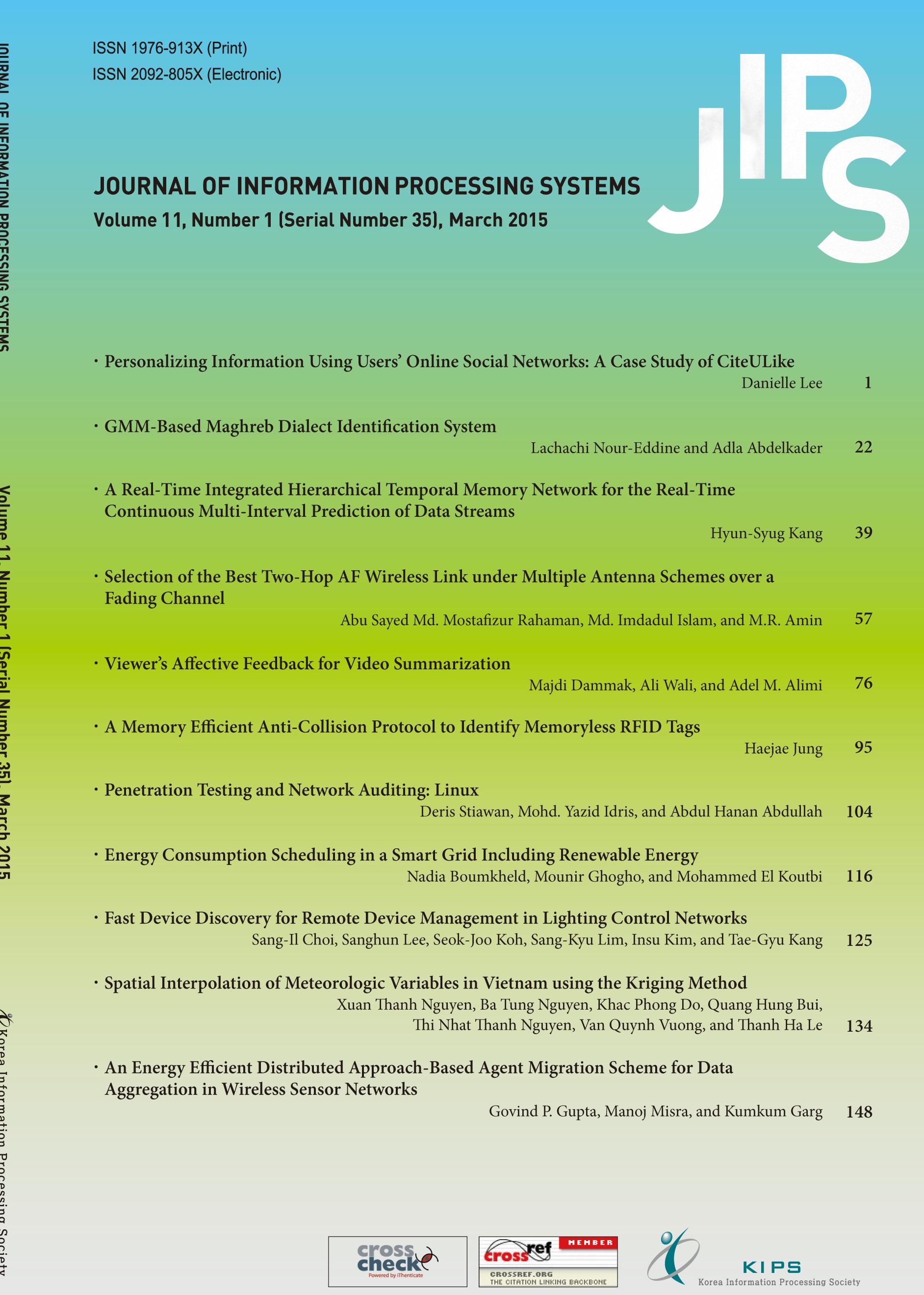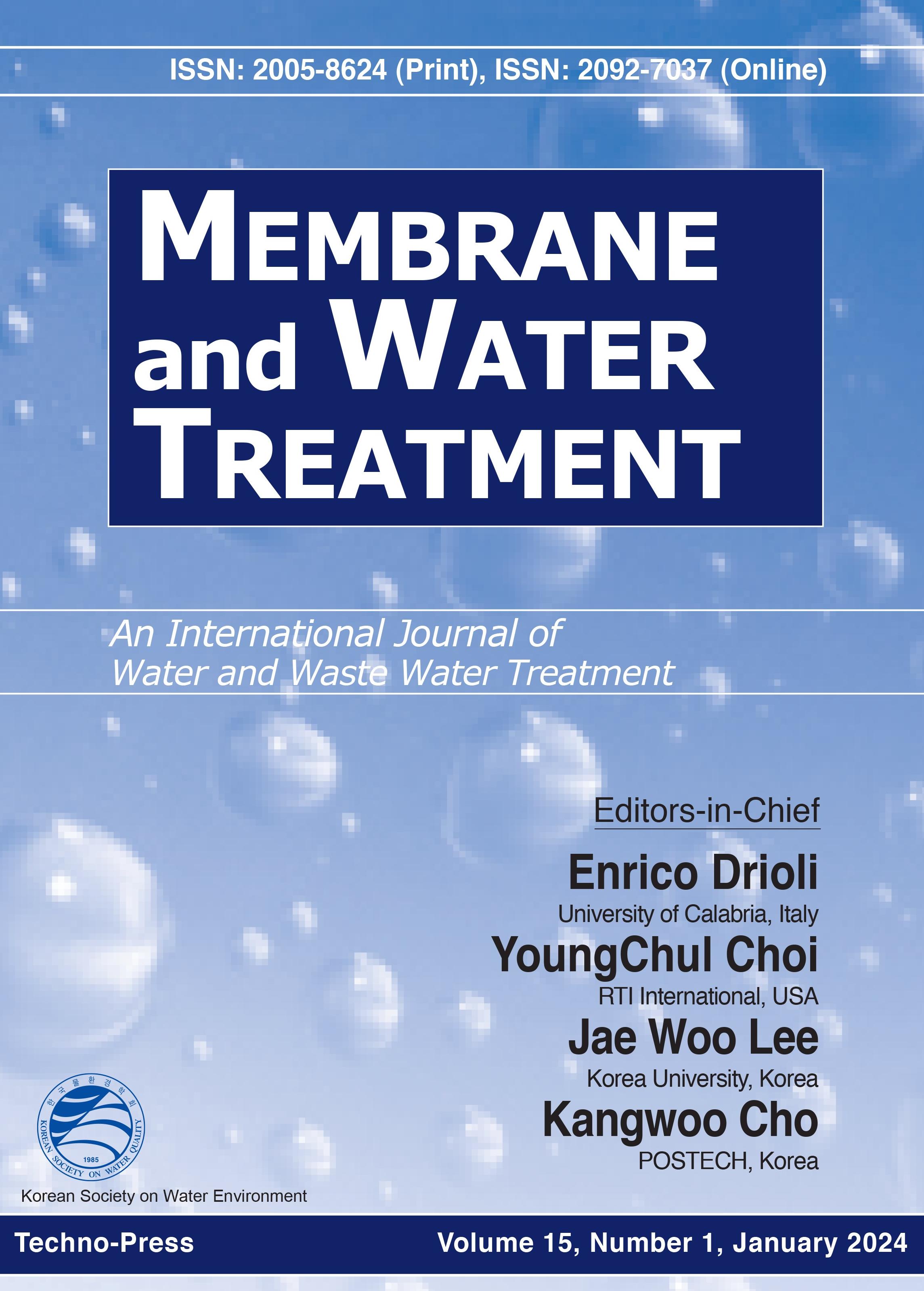14th BALI World Conference on Advances in “Mechanical, Aeronautical & Automotive Engineering” (AMAAE-25) scheduled on Dec. 25-27, 2025 Bali (Indonesia)
AMAAE-25
- URL: https://eamae.erpub.org/conference/171
- Event Date: 2025-12-25 ~ 2025-12-27
- Submission Date: 2025-12-01
- Organizer: EAMAE
- Location: Bali, Indonesia
Materials Engineering Ceramic Engineering Engineering & Computer Science (General) Mechanical Engineering Aviation & Aerospace Engineering Structural Engineering Civil Engineering
Topics of Interest for Submission include, but are Not Limited to:
I. Cross-Cutting Topics
Advanced Materials and Manufacturing:
Additive Manufacturing (3D Printing): Materials, processes, and applications for complex parts in all three industries.
Composite and Nanomaterials: Lightweight, high-strength materials for structures, engines, and bodies.
Sustainable and Green Manufacturing: Reducing carbon footprint, waste, and energy consumption in production.
Tribology and Surface Engineering: Wear, friction, and lubrication in moving parts.
Computational Methods and AI:
Digital Twins & Virtual Engineering: Creating virtual models for design, simulation, and predictive maintenance.
Computational Fluid Dynamics (CFD): Simulating air flow over aircraft wings or car bodies.
Finite Element Analysis (FEA): Structural analysis for stress, fatigue, and crashworthiness.
AI and Machine Learning: Predictive maintenance, design optimization, quality control, and data analysis.
Robotics and Automation:
Robotics in Manufacturing: Automated assembly, welding, and quality inspection.
Human-Robot Interaction (Cobots): Collaborative systems where humans and robots work together.
Autonomous Systems: From self-driving cars to autonomous drones and spacecraft.
Thermo-Fluids and Energy:
Heat Transfer and Thermodynamics: Thermal management in engines, batteries, and electronic systems.
Renewable Energy Systems: Integration of new energy sources for power, propulsion, and manufacturing.
Energy Storage and Management: Battery technologies, fuel cells, and hydrogen systems.
II. Mechanical Engineering Topics
Solid Mechanics & Structural Design:
Stress, fatigue, and fracture analysis.
Vibration and noise control (NVH).
Structural health monitoring.
Dynamics and Control:
Mechatronics and intelligent control systems.
System optimization and reliability engineering.
Robotics and autonomous systems.
Industrial Engineering:
Supply chain and logistics optimization.
Quality control and lean manufacturing.
Data-driven decision making.
Biomechanics and Medical Engineering:
Computational modeling of biological systems.
Design of prosthetics and biomedical devices.
III. Aeronautical Engineering Topics
Aerodynamics:
Advanced aerodynamics and computational aeroacoustics.
Aerodynamic shape optimization for efficiency.
Hypersonics and high-speed flight.
Propulsion:
Next-generation propulsion systems (e.g., electric, hybrid).
Sustainable aviation fuels and low-carbon propulsion.
Rocket propulsion and space exploration technologies.
Structures and Materials:
Aeroelasticity and structural dynamics.
Advanced materials and manufacturing for aircraft.
Avionics and Flight Systems:
Intelligent flight systems and autonomous guidance.
Resilient guidance and navigation.
Advanced air mobility (e.g., eVTOLs).
Satellite and space-air-ground integration.
IV. Automotive Engineering Topics
Electric Vehicles (EVs) and E-Mobility:
e-Drive Systems: Electric motor design, power electronics, and control.
Energy Storage: Next-generation batteries, thermal management, and wireless charging.
Hydrogen and Fuel Cells: Applications for zero-emission vehicles.
Autonomous Driving and Connected Vehicles:
ADAS (Advanced Driver-Assistance Systems): AI-driven features for safety and convenience.
Sensor Fusion: Combining data from cameras, LiDAR, and radar for perception.
Cyber-Physical Security: Protecting vehicles and their networks from cyber threats.
Vehicle Dynamics and Control:
Vehicle dynamics modeling and simulation.
Advanced chassis systems and active suspensions.
Noise, Vibration, and Harshness (NVH) reduction.
Body and Safety:
Crashworthiness and Safety: Designing for occupant protection and pedestrian safety.
Digital Aerodynamics: Optimizing vehicle shape for efficiency and performance.
Lightweighting: Use of multi-material structures to reduce vehicle mass.














